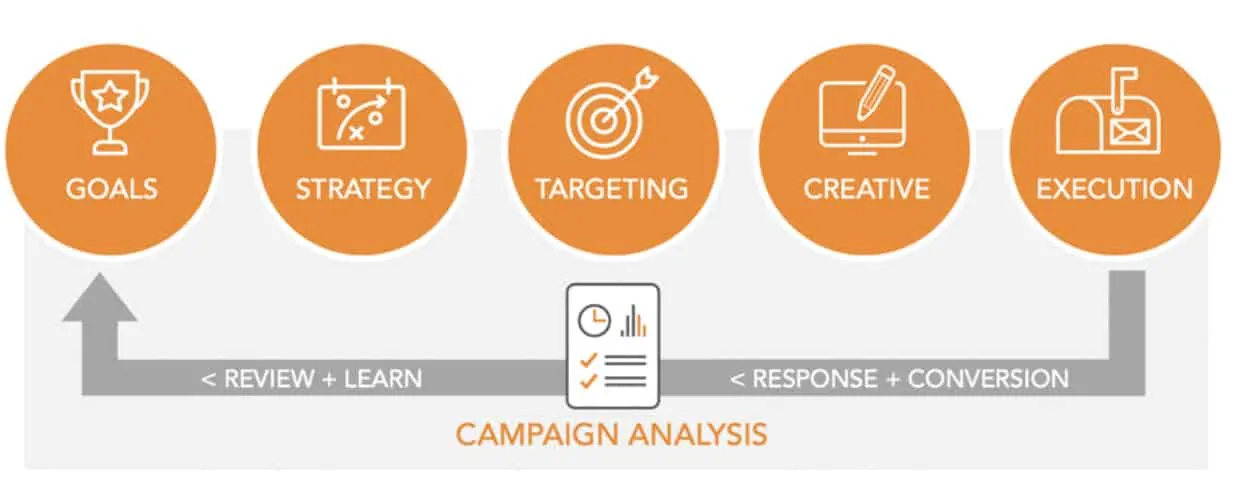Table of Contents
Table of Contents:
- Introduction to Creativity in Marketing
- The Psychology Behind Creative Marketing
- Balancing Data with Creativity
- Common Challenges in Creative Marketing
- The Future of Creative Marketing
- Practical Tips for Fostering Creativity in Marketing Teams
Introduction to Creativity in Marketing
Creativity is key in modern marketing, helping businesses stand out in a crowded market. With so many brands competing for attention, traditional methods alone are not enough to engage customers. Creative marketing strategies use storytelling, visuals, and innovative campaigns to capture interest and build strong connections. Whether through social media, video content, or interactive experiences, creativity helps companies communicate their message in a way that resonates with their audience.
For marketing professionals, developing creative strategies requires continuous learning and adaptability. An online MBA marketing program, such as the one offered by Youngstown State University, can provide essential perspectives on consumer habits and market developments. By combining creativity with data-driven decision-making, marketers can craft unique and effective campaigns to reach their target audience.

The Psychology Behind Creative Marketing
Creativity in marketing is profoundly linked to psychological principles. Every successful campaign taps into basic human emotions and psychological triggers to foster a sense of connection and urgency. By understanding these triggers, marketers can design messages that resonate on a personal level. Content that evokes strong feelings is more likely to be shared, increasing its impact and visibility. Impactful marketing often employs elements of surprise or inspiration through stories that reflect consumer values and aspirations, ultimately nurturing brand loyalty and advocacy over mere transactions.
Balancing Data with Creativity
The ultimate form of strategic marketing combines creativity with data analytics. Data analytics is a crucial ally as it offers insights into customer behavior and preferences, while creativity creates the story. This synergy allows marketers to personalize their messages and verify what resonates with audiences. For instance, data-driven insights can identify trends that inform creative campaigns, ensuring they are imaginative, relevant, and timely. The seamless integration of these elements enables businesses to capture their audience’s imagination and achieve measurable outcomes.
Common Challenges in Creative Marketing
Despite its advantages, creative marketing is not without its challenges. One significant issue is maintaining brand consistency amidst innovation. It’s crucial to ensure that creativity does not dilute the brand’s core message or confuse the audience’s perception. Additionally, measuring the direct impact of creative campaigns can be more complex than traditional approaches, making it crucial to develop metrics that accurately capture creative effectiveness. Addressing these challenges head-on is essential for leveraging creativity’s full potential while maintaining strategic alignment with business goals.
The Future of Creative Marketing
Future developments in technology will completely transform creative marketing. New technologies like augmented and virtual reality alter how companies interact with their target market. These tools offer immersive experiences that blur the lines between digital and physical spaces. Marketers who adapt to these innovations can create bespoke, memorable, and impactful experiences. As the industry progresses, the most successful marketers will be those who can blend creativity with these advanced technologies to create a harmonized and engaging consumer experience.
Practical Tips for Fostering Creativity in Marketing Teams
Building a creative culture requires intentional efforts from leadership to foster an environment where innovative thinking can thrive. Encouraging collaborative brainstorming sessions, offering workshops on creative thinking, and promoting diverse perspectives within teams are foundational steps. A team’s creative output may increase significantly in a friendly environment where experimentation is welcomed, and mistakes are seen as teaching opportunities. Putting into practice exercises that encourage unconventional thinking can result in ground-breaking concepts that audiences find compelling.







